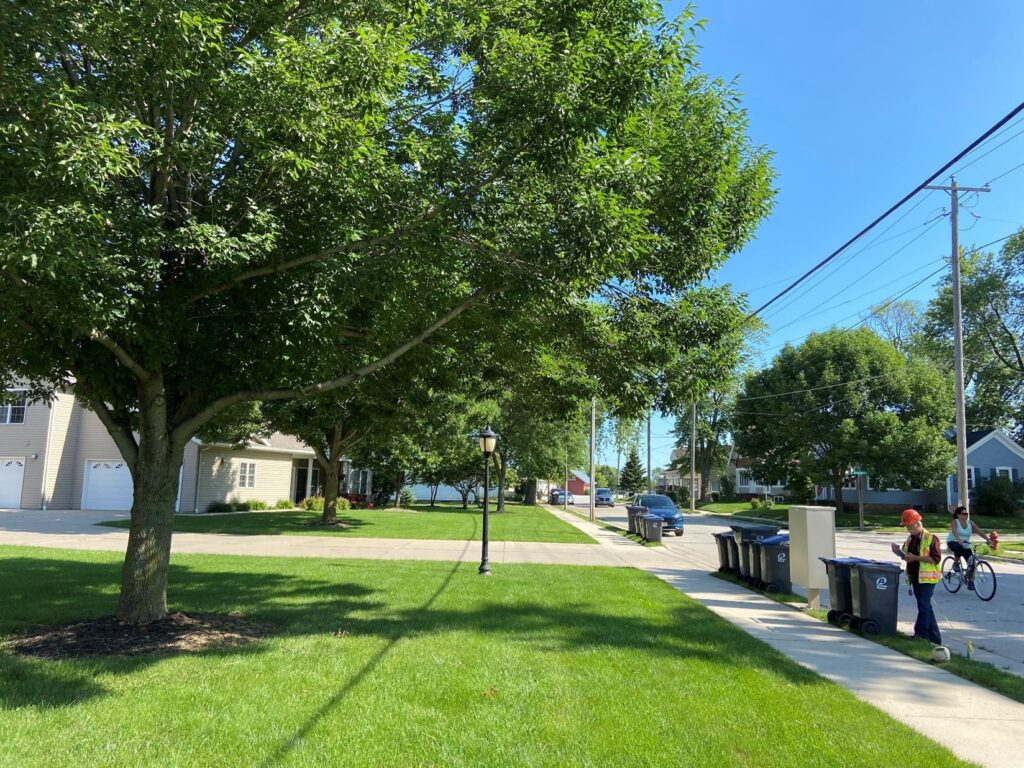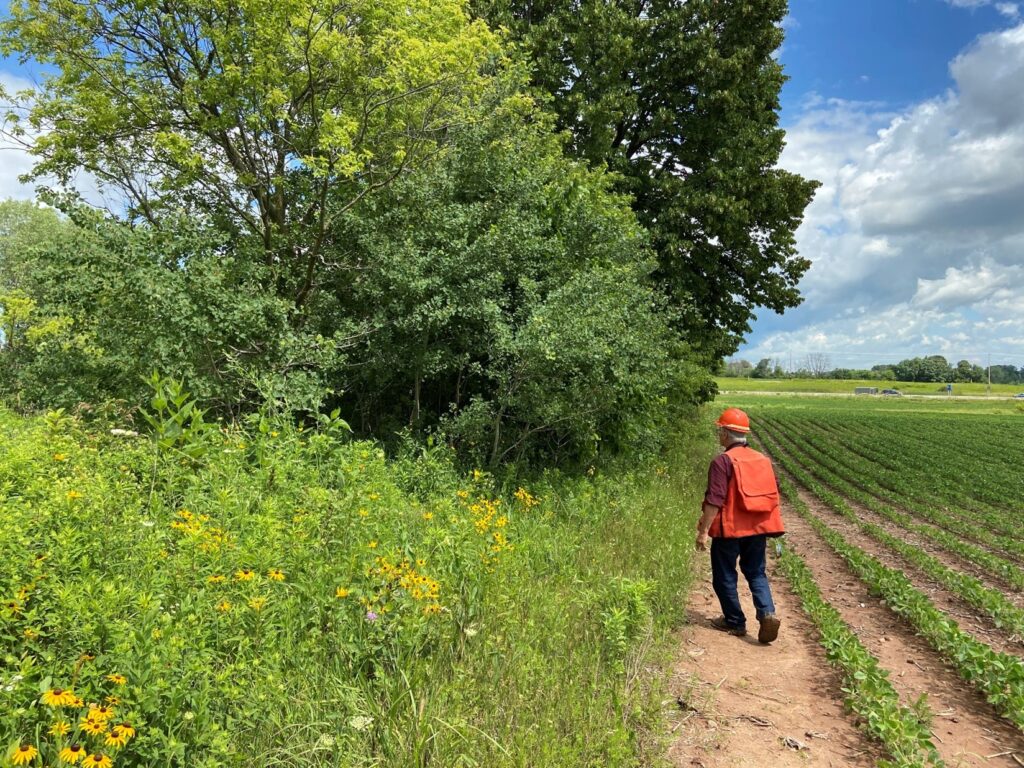By Dan Buckler, DNR Urban Forest Assessment Specialist, Madison, daniel.buckler@wisconsin.gov or 608-445-4578
 How many sugar maple trees grow in our urban areas? Which species are exhibiting health declines? How many logs can be produced from removed ash trees? What is the carbon storage of urban forests? Where are invasive species most prevalent?
How many sugar maple trees grow in our urban areas? Which species are exhibiting health declines? How many logs can be produced from removed ash trees? What is the carbon storage of urban forests? Where are invasive species most prevalent?
Please let us know if you know the answers, as that would save some time.
But in the absence of answers to those and many other questions, an incredible project is underway between the U.S. Forest Service, the Wisconsin DNR and contracted private foresters: the Urban Forest Inventory and Analysis (UFIA) program.
This effort establishes 1,300 plots in urban areas across Wisconsin and records dozens of characteristics of those plots’ trees and land usage. Furthermore, those plots will be revisited every seven years to assess change.
It is a game-changing endeavor for our ability to track urban forest composition, mortality, health condition, growth and the myriad benefits that these forests provide.
 We anticipate releasing initial data from the Milwaukee and Madison metro areas at the end of 2022, followed by statewide urban data the following year. Reach out to us if there’s any question about urban forests that you would like to see answered!
We anticipate releasing initial data from the Milwaukee and Madison metro areas at the end of 2022, followed by statewide urban data the following year. Reach out to us if there’s any question about urban forests that you would like to see answered!
